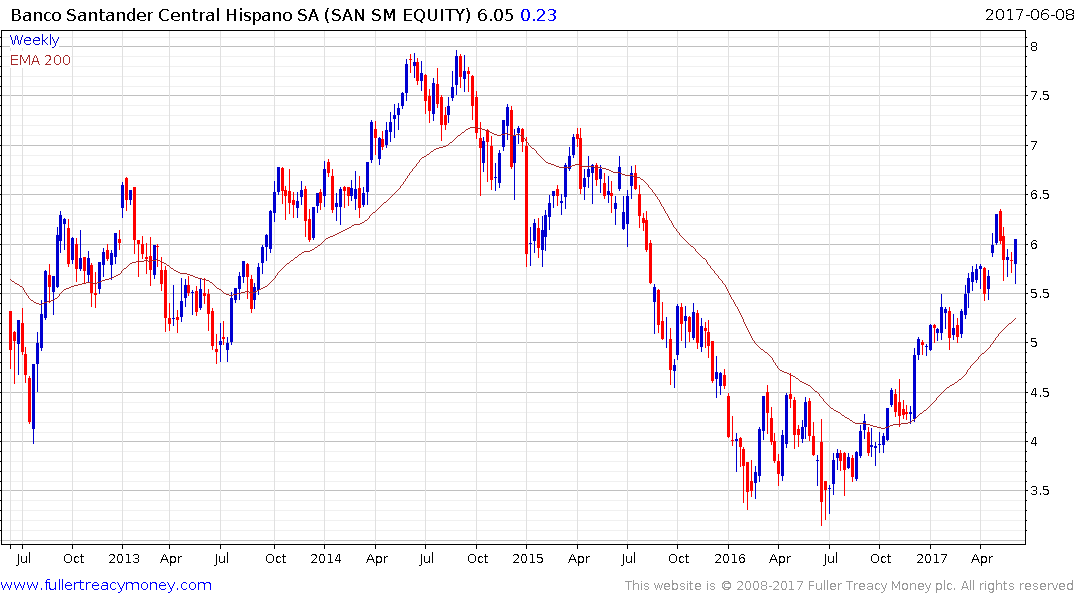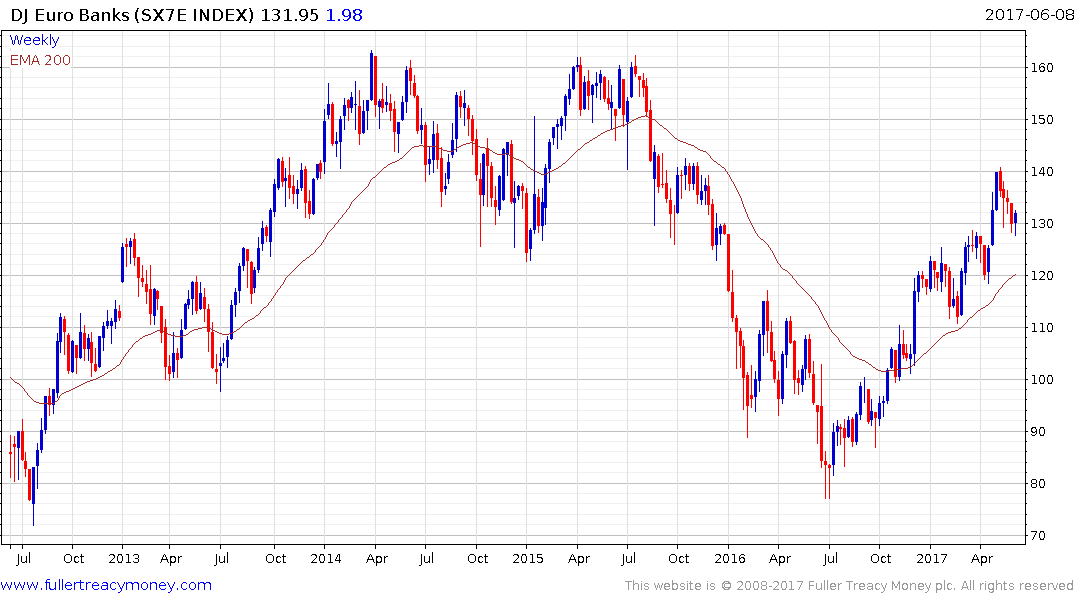Bail-Ins, Social Norms and Cows
This article by Matt Levine for Bloomberg may be of interest to subscribers. Here is a section:
But that is a weird coincidence! It is strange that the hole in Popular's balance sheet can be precisely filled -- well, precise to within 1 euro -- by the amount of capital securities (Additional Tier 1 and Tier 2) that it had outstanding. Naively you might expect the valuation to find that there's a little extra money after assuming the senior debt, so the Tier 2 holders should get 10 cents on the euro or something. Or else there's not quite enough money to assume the senior debt, so the senior debt holders should also get a haircut and get 95 cents on the euro or something. But, no: The senior debt holders get exactly 100 cents on the dollar, the Tier 2 holders get exactly zero. (Well, 1 euro between them, but we'll come back to that.)
That coincidence seems unlikely to be explainable by accounting; you will not figure out what is going on by carefully valuing each asset on Popular's books. Instead it is a matter of regulatory and negotiating dynamics. Additional Tier 1 and Tier 2 capital instruments are meant to assume the risk of a bank's losses, so by gosh they are going to assume some losses. As Aaron Brown points out by email: "When Santander, which wants the lowest possible price, negotiates with the government, which wants the least chance of future problems and perhaps wants to punish Popular investors, it's hard to think anyone is pushing hard for Tier 2 rights." If you are imposing some losses on capital securities, the temptation on both sides -- the buyer and the regulator, that is, not the buyer and the seller, who doesn't get much say -- is to impose maximal losses on those securities. George Whittle at FIIG Securities writes: "It is challenging to comprehend any circumstances where a regulator believes a liquidity crisis is sufficiently dire that it justifies the extraordinary step of bailing in capital instruments to facilitate a coercive equity raising or sale, but isn’t sufficiently concerning to bail in everything they can."
On the other hand, there's also a temptation to stop there: Zeroing capital securities feels virtuous, but haircutting senior debt feels risky. A regulator will not want to trigger systemic worries about bank debt by haircutting one bank's bonds. (On the other hand some regulators might feel like haircutting bank bonds is also a virtuous thing to do: The notion of "total loss absorbing capital" bail-in-able senior bonds does rather encourage that.) Even the buyer might not want to pay less than the value of the senior debt: Santander is going to need to go back to the debt markets, and treating Popular's bondholders well might help its credibility in the future.
So Popular's textbook result -- zeroing all the capital instruments, paying off all the debt -- is an equilibrium point that you would expect to occur a lot more often than is justified by the economics. That is ... fine, I guess? But it does rather wipe out the distinction between Tier 1 and Tier 2 capital, and between senior bank debt and risk-free debt. The choices are categorical as much as they are financial; they encourage holders of risky securities to worry about risk, and holders of senior securities not to, but it's not clear that they force anyone to quantify it carefully.
Banco Popular’s sale represents another example of Spain’s efforts to clean out the dross in its financial system following the creation of a bad bank and tighter regulation. The manner in which the Tier 2 bond holders have been wiped out highlights the emerging reality that there is increasing polarisation between secured and unsecured bond holders rather than the waterfall of credit exposure that has previously been assumed.

With such a neat solution we can assume Santander can be deemed to have gotten a favourable valuation for the debts it is assuming from Popular. The share has held a progression of higher reaction low for a year and a break in that sequence would be required to question medium-term potential for additional upside.

The Euro STOXX Banks Index has also held a progression of higher reaction lows over the last year within the context of a developing 8-year base.
Eyes are now turning to a number of banks in Veneto to see if the Banco Popular or Banca di Monte Paschi di Siena solution will be employed. Italy has a lot banks, opaque financial structures and lacks the political will to force write downs and rationalisation. That suggests the piecemeal approach taken to date will persist but larger crises will probably be avoided.
These are all likely considerations in the ECB’s decision to continue to leave monetary accommodation in place while giving the most tentative of nods to the idea that they may at some point stop purchases.


